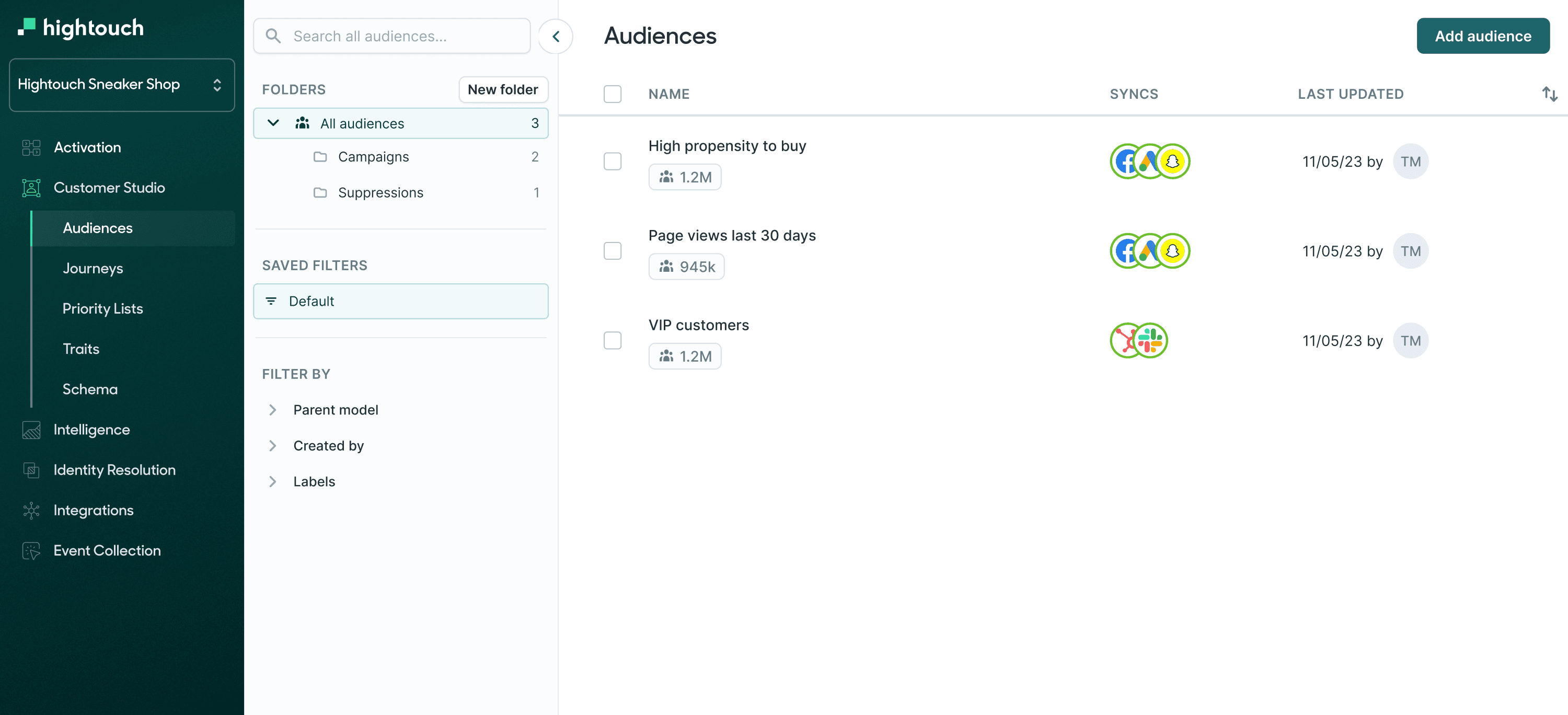SQL WHERE
What is the SQL WHERE Clause?
The SQL WHERE clause is a fundamental component of the SQL (Structured Query Language) used for filtering and retrieving specific rows from a database table based on a specified condition or set of conditions. It allows you to extract only the data that meets the criteria you define, providing more control over your SQL queries and enabling you to work with more precise subsets of your data.
When You Would Use the SQL WHERE Clause
You would use the SQL WHERE clause when you need to narrow down the results of a query to meet certain conditions. It is particularly useful in the following scenarios:
-
Data Filtering: To extract rows from a table that satisfy specific criteria, such as retrieving all employees with a certain job title.
-
Data Retrieval: To fetch records that meet specific date ranges, numerical comparisons, or string matching patterns.
-
Data Modification: When updating or deleting rows based on certain conditions, for example, updating the status of all products with a price higher than a certain threshold.
-
Data Joins: In conjunction with JOIN clauses to filter results from combined tables.
Syntax of the SQL WHERE Clause
The basic syntax of the SQL WHERE clause is as follows:
SELECT column1, column2, ...
FROM table_name
WHERE condition;
SELECT: Specifies the columns you want to retrieve.FROM: Indicates the table from which you want to retrieve data.WHERE: Followed by the condition that specifies which rows to include in the result set.
Parameter Values
The condition in the WHERE clause can be a combination of various operators and values, including:
- Comparison operators: (=, <>, <, >, <=, >=)
- Logical operators: (AND, OR, NOT)
- Wildcards: (LIKE, IN, BETWEEN)
- IS NULL / IS NOT NULL
You can use these operators to create complex conditions for filtering your data.
Example Query
Let's consider a simple example. Suppose you have a table named employees, and you want to retrieve all employees with a salary greater than $50,000:
SELECT first_name, last_name, salary
FROM employees
WHERE salary > 50000;
Example Table Response
Assuming you have data in the employees table like this:
| first_name | last_name | salary |
|---|---|---|
| John | Doe | 60000 |
| Jane | Smith | 55000 |
| Bob | Johnson | 48000 |
The query mentioned above will return:
| first_name | last_name | salary |
|---|---|---|
| John | Doe | 60000 |
| Jane | Smith | 55000 |
Use Cases
The SQL WHERE clause is versatile and finds applications in various scenarios, such as:
- Filtering customer orders by date to calculate monthly sales.
- Retrieving a user's information based on their username and password.
- Selecting products within a certain price range for online shopping websites.
- Finding all students with grades above a specific threshold in an educational database.
SQL Languages Where It Is Available
The SQL WHERE clause is a standard component of SQL, and it is available in all major relational database management systems (RDBMS) that support SQL, including but not limited to:
- MySQL
- PostgreSQL
- Oracle Database
- Microsoft SQL Server
- SQLite
- IBM Db2
- and more.
You can use the SQL WHERE clause across a wide range of database systems to filter and retrieve data as needed.
